What should I pay attention to when traveling in winter with new energy vehicles? When the temperature drops below freezing, new energy vehicle owners will always face seasonal challenges such as reduced cruising range and slower charging speed. Behind these phenomena is the comprehensive test of the low temperature environment on the chemical activity of the battery and the energy management system. Mastering the following five winter car rules can keep electric vehicles running efficiently in cold seasons.
Rule 1: Temperature philosophy of battery maintenance
When the lithium battery is below 0℃, the available capacity will drop by 20%-30%. It is recommended to remotely turn on the battery preheating function through the APP before commuting every day to raise the battery cell temperature to above 15℃. Car owners with conditions can install home charging piles and use low-peak electricity prices for “slow charging and heat preservation”. Actual test data shows that keeping the battery power in the range of 20%-80%, combined with full charging once a week, can extend the battery life by 15%-20%.
Rule 2: The golden triangle of energy management
In winter, kinetic energy recovery should be adjusted to the highest gear, and the single pedal mode should be used to maximize energy recovery efficiency. In terms of air conditioning use, it is recommended to set the 22℃ automatic mode, which can save 18% energy compared to the manual mode. Seat heating is 60% more energy-efficient than air conditioning heating, and priority use can significantly improve battery life. Actual measurements show that reasonable setting of these parameters can increase winter battery life by more than 30 kilometers.
Rule 3: Kinetic code of driving habits
Avoid sudden acceleration and sudden braking, and steady driving can reduce power consumption by 15%. Plan charging stations in advance and replenish energy in time when the remaining power is 30%. When driving at high speed, it is recommended to maintain an economic speed of 90-100km/h. For every 10km/h increase in speed, power consumption will increase by 8%-10%.
Rule 4: Safety rules for icy and snowy road conditions
The tire pressure in winter needs to be 0.2bar higher than the standard value to ensure grip and prevent abnormal wear. It is recommended to replace snow tires or use anti-skid chains, and the braking distance can be shortened by 40% compared to all-season tires. Maintain a safe distance of more than 5 seconds, use the energy recovery system to achieve smooth deceleration, and avoid the risk of thermal decay of traditional brake systems on icy and snowy roads.
Rule 5: The way to break the ice of technological iteration
The battery thermal management system equipped with the new generation of models can control the battery temperature difference within 5°C through PTC heating and liquid cooling circuits. Some models also use pulse self-heating technology, which can increase the charging power by 40% in a -20°C environment. With the maturity of solid-state battery technology, the low-temperature performance of electric vehicles will achieve a fundamental breakthrough in the future.
Mastering these winter car rules, new energy vehicle owners can not only effectively cope with low-temperature challenges, but also improve vehicle life through scientific car use. As battery technology continues to evolve and cooperates with the iteration of intelligent driving systems, the winter travel experience of electric vehicles is undergoing a qualitative change. Perhaps in the near future, new energy vehicles will become the best solution to solve the problem of winter travel.

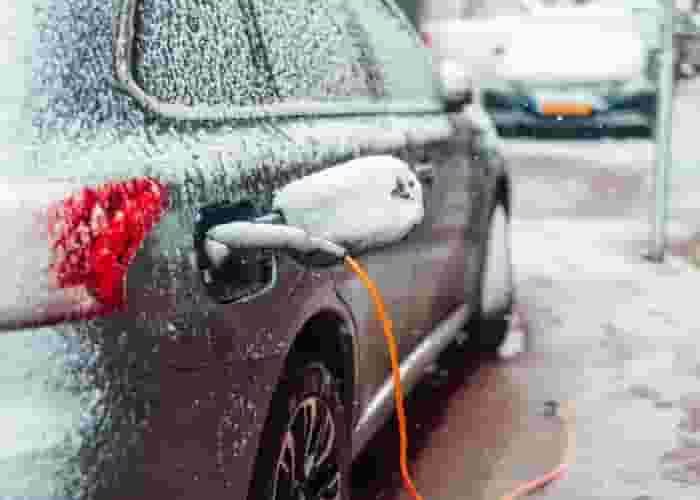




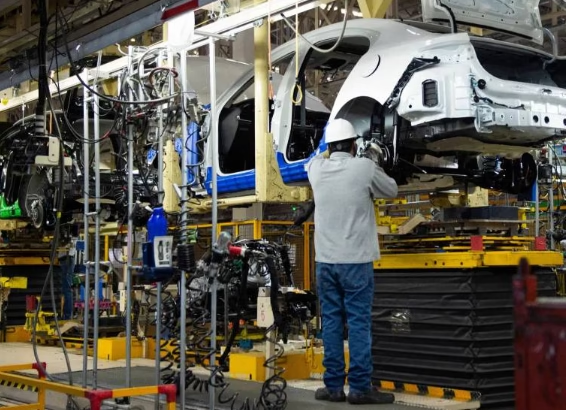
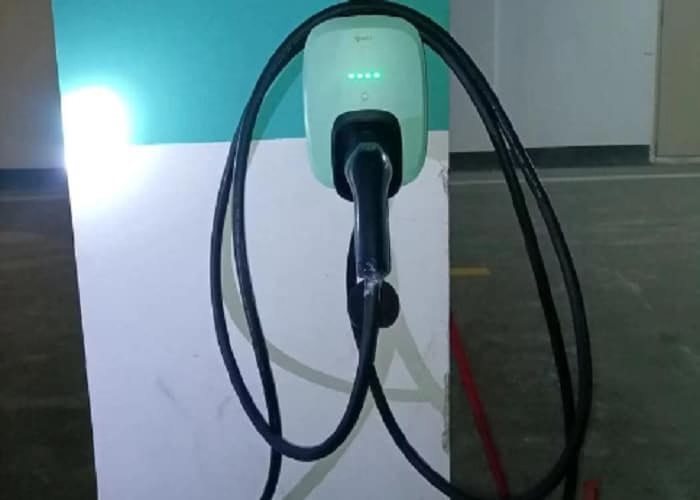
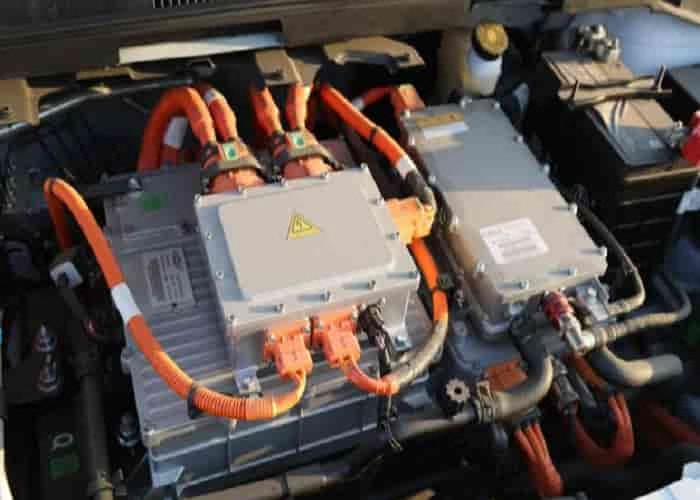
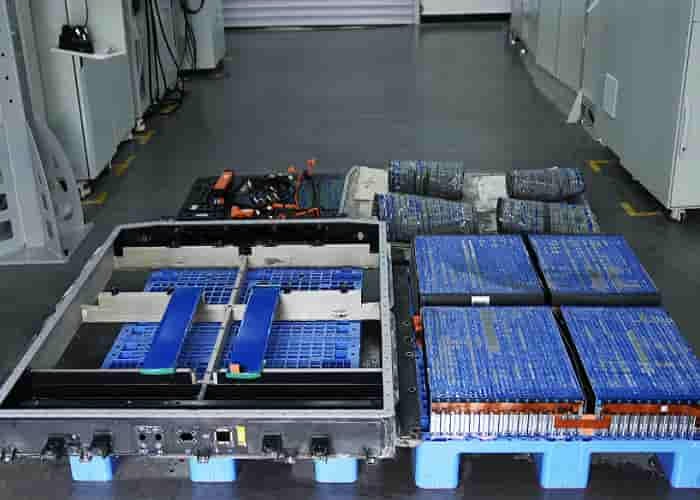
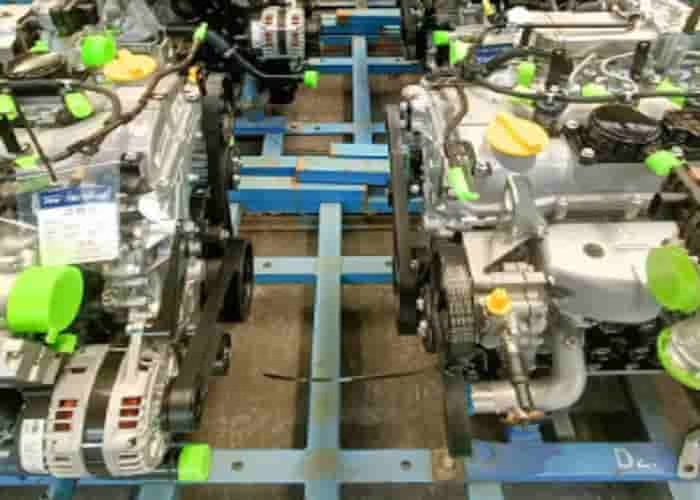
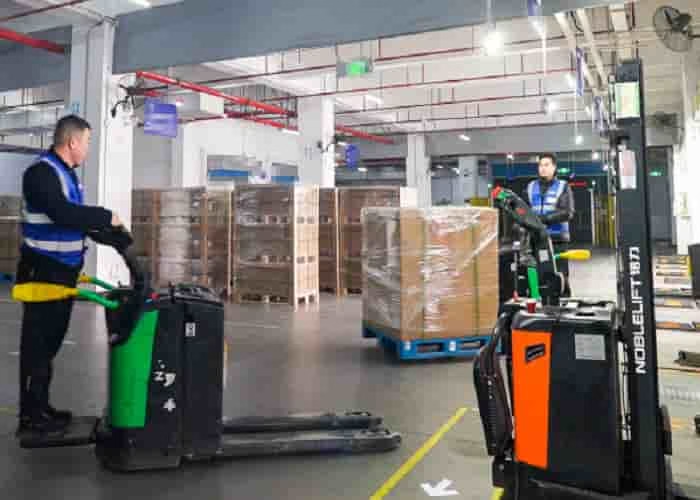
Leave a Reply